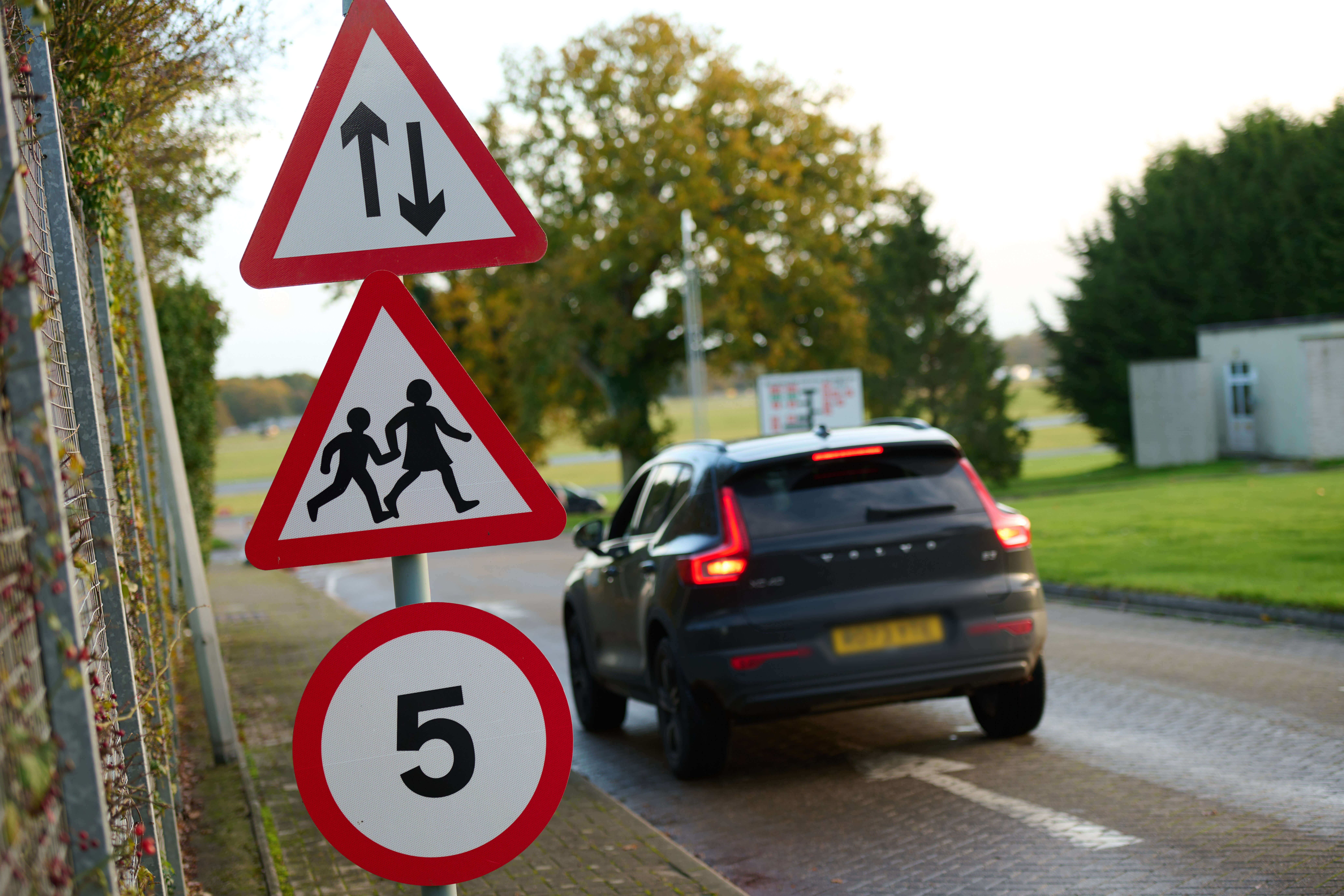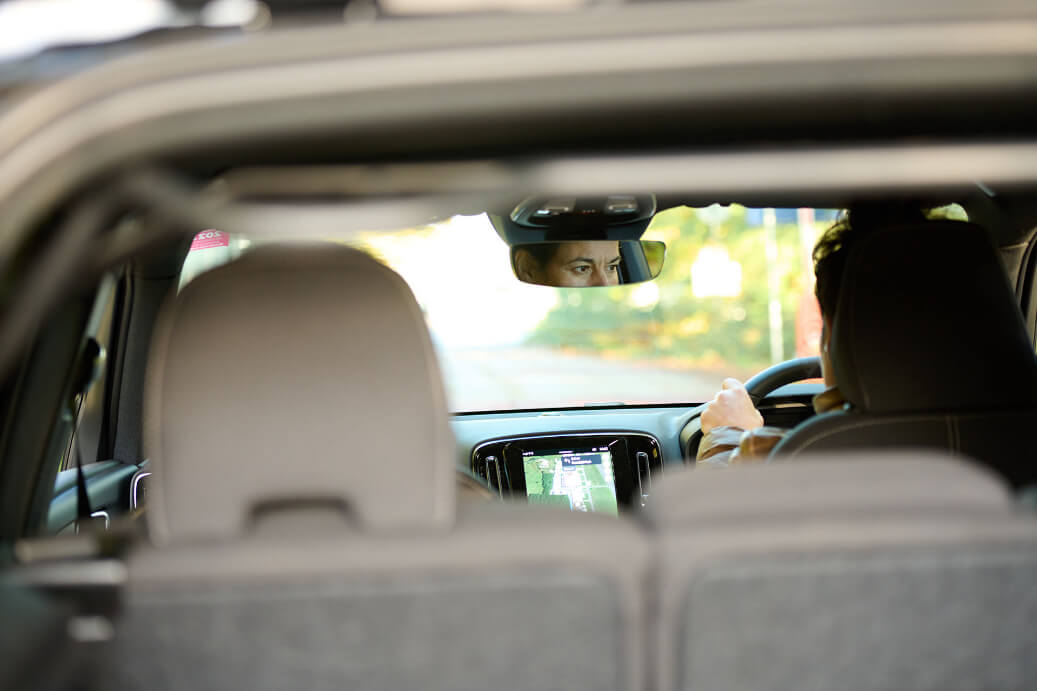Reason One: Employers, and employees, have defined legal health and safety responsibilities
Under the Health and Safety Act 1974 in Great Britain, every business must operate a health and safety system. If you have fewer than five employees, you don’t have to write down your health and safety policy, but you must still have one.
Employers have a responsibility under Health and Safety legislation to ensure so far as reasonably practicable the health and safety of their employees and others who may be affected by their work activities. This responsibility includes “the activity of driving on public roads”.
Employers should make sure that all workers are fit and competent to operate all the vehicles, machines, and attachments they use at work, in all the environments in which they use them.
By law, employers and self-employed people must assess the risks to anyone affected by their work activity and take appropriate preventive and protective steps to control these risks. These requirements apply to all work activities, “including those involving transport”.
For additional guidance on work-related road risk please see Health and Safety Executive – New Driving for Work Guidance.
Reason Two: Health and Safety is not about just ticking the box
Compliance with the law is critically important, but it’s not the end of the story. Health and safety adoption is a spectrum, starting with ignorance or avoidance, through ticking the box to be law-abiding, through implementing it because it’s the right thing to do (CSR), and finally because it lowers operational costs.
Worldwide, every 90 seconds, someone dies in a work-related collision. In Britain, where our roads are statistically one of the safest in Europe, nearly 1,500 people were killed in 2020. As around one in three (31%) fatal crashes and one in four (26%) serious injury crashes involve someone driving for work, the impact on businesses, their staff and their success cannot be under-estimated.
For additional guidance on work-related road risk please see Health and Safety Executive – New Driving for Work Guidance.
Reason Three: H&S law explicitly covers grey fleet and gig economy drivers
In September 2021, the Health and Safety Executive updated their guidance to include the grey fleet – employees who drive their own, or a hire, vehicle for work purposes – and gig-economy drivers. This change ensures that employers will need to risk-manage their grey fleet drivers and vehicles in the same way as they currently do with company car drivers.
For additional guidance on work-related road risk please see Health and Safety Executive – New Driving for Work Guidance.
Reason Four: Health and Safety penalties are now linked to company turnover
In February 2016, quietly and for the first time, the penalties for breaking the Health and Safety Act 1974 were linked to company turnover. As a result, the fines that have been imposed for work-related breaches have increased substantially, therefore creating a more significant risk for companies. Companies have been fined up to £2,000,000 for incidents such as a death after being crushed by a company vehicle; where a pedestrian died and another suffered serious injuries after being hit by cars in separate incidents; also, when a delivery driver was killed.
For additional guidance on work-related road risk please see Health and Safety Executive – New Driving for Work Guidance.
See also “The Definitive Sentencing Guideline to Health and Safety Offences including Corporate Manslaughter”.
Reason Five: Pro-active Health and Safety programmes effectively reduce direct, and even higher, hidden costs
By reducing the cost of collisions and potentially the severity of each crash, businesses can reduce the cost of repairing collisions both from a vehicle perspective and a human one through more health and safety-focused driver training. Vehicle damage and write-off costs are often only a tiny part of the actual cost of a collision. Some experts have stated that the hidden costs of a crash could be between 4 and 32 times the ‘bent metal’ costs, i.e., the cost of repairing the vehicle.
Just as the latest vehicle technology focuses on preventing crashes instead of simply surviving them, it is always better to be proactive in adopting health and safety rather than trying to pick up the pieces when it all goes wrong.
For additional guidance on work-related road risk please see Health and Safety Executive – New Driving for Work Guidance

